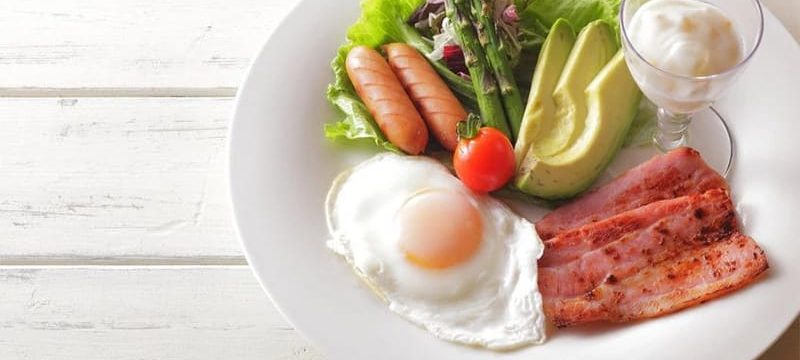When last we met, we had begun discussing the Atkins, or insulin-control, diet that has become all the rage in the United States over the last few years. This time, we’ll do more of the same and look at some of the problems that have come along with the inevitable commercialization of Dr. Akins‘ brainchild.
As you might recall from last month’s article, Dr. Atkins formulated his diet as a way to combat the myriad of health problems that have been linked to modern diets: insulin resistance, diabetes, heart disease, and obesity. Dr. Atkins posited that a lot of these problems could be attributed, at least in part, to the wild swings in insulin and blood sugar that most people foisted upon themselves with their food choices. In particular, each food that we eat results in a surge of insulin as we digest the food and shuttle its nutrients into the various cells of our bodies. The extent of insulin release in response to eating a particular food is often referred to as that food’s glycemic index, or GI. The GI is a scale from 0 to 100 (although some “super” sugars have GIs higher than 100), with things like table sugar and white bread at the top, and peanuts and whole grains closer to the bottom.
What Dr. Atkins found, in brief, was that the human body prefers to burn carbohydrates (glycogen) as fuel, but that it can be forced to burn fat, including bodyfat, in the absence of a carbohydrate source. Thus, he advocated eating a diet high in protein (for tissue maintenance and growth) and fat (as an energy source), with virtually zero carbohydrates. And therein lies the rub in the modern implementation of the Atkins diet.
As everyone has jumped on the Atkins bandwagon, food producers have begun to fudge on their claims and products so that we are now seeing such beauties as “low-carb bread”, “low-carb pizza”, “net carbs”, and so forth. While this perspective may have helped some to eliminate some junk food from their diets, it is problematic in the face of the intent of the original Atkins diet. When eating at the near-zero carbs level, insulin levels are low and stable (due to the low GI of the protein and fat foods), the human body begins to burn a lot of fat, whether its own or from dietary sources. One of the byproducts of fat burning is a large volume of ketones, some of which may be used for energy by the heart and brain. Ketones apparently have little use to skeletal muscle or fat cells, and those ketone present in excess are consequently excreted, carrying with them about 5 calories per gram. The resultant fat-burning state is referred to as ketosis.
This is all well and good, but getting into ketosis is uncomfortable at best. Once there, it is the purpose of the Atkins diet to keep you there, as the fat-burning furnace has been switched on. Allowing yourself to be pulled into the “low-carb” fad after you have achieved ketosis will no doubt compromise your progress. A nice “low-carb” meal in the middle of the Atkins diet can produce a dramatic insulin spike and lead to the storage of a relatively large amount of bodyfat.
Interestingly, this little trick of spiking insulin while on the Akins diet may have some beneficial effects for hardcore bodybuilders, and it is one of the main principles of Dr. Mauro DiPasquale’s “Anabolic Diet”. It’s an interesting scheme that takes real discipline to employ, and it’ll be our focus next time around.
Until then, lift well, eat well, and be well!
